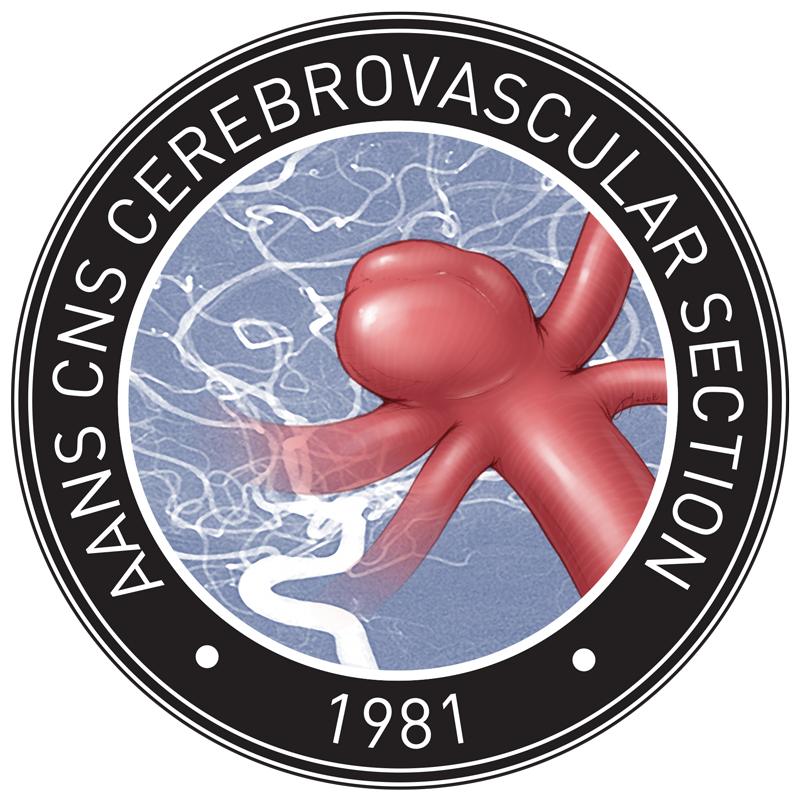Arteriovenous Fistulas (AVF)
What are arteriovenous fistulas?
AVFs are abnormal connections between blood vessels in the coverings of the brain. The word arteriovenous refers to the direct connection between arteries and veins, and the medical term fistula indicates that two things are connected that should not be connected. This type of abnormality develops as people grow older and is not considered a congenital abnormality — in other words; it is not present at birth. Although some rare AVFs do appear in newborns, AVFs are typically not hereditary (do not run in families). Click for Images
Symptoms
Many people who have an AVF experience no symptoms at all and are diagnosed by chance. Others visit a physician when problems appear, and the AVF is discovered at that time. An AVF causes four main types of symptoms:
Tinnitus
AVFs’ most common symptom is an unusual sound in one or both ears, called tinnitus. Although many patients describe it as a rushing or whooshing noise, in some it appears as a high-pitched ringing, buzzing, hissing, humming or whistling sound.
Eye symptoms
Some patients develop difficulties including pain behind the eye, bulging of the eye, decreased vision, double vision, drooping of the eyelid and swelling of the eye itself. These symptoms typically are caused by an AVF located behind or near the eye.
Brain hemorrhage
Certain patients can develop symptoms due to bleeding into the brain causing a hemorrhagic type of stroke. Patients at risk are those who have an AVF that drains blood directly into veins of the brain — a condition called cortical venous drainage, or CVD (Figure_picture). Symptoms suggestive of brain hemorrhage include sudden-onset headache, nausea, vomiting, weakness or numbness on one side of the body, difficulties with making or understanding speech, loss of vision, double vision and balance difficulties. If you experience any of these symptoms, seek medical help immediately. Brain hemorrhage is a serious form of stroke that can cause serious brain injury and even death, although many patients make good long-term recoveries.
Other symptoms
Patients whose AVF drains blood into veins of the brain (CVD) can also develop seizures, memory loss, and symptoms similar to a stroke, including weakness/numbness on one side of the body, difficulties in speaking or understanding speech, loss of vision, double vision and balance difficulties.
Treating AVFs
Treatment decisions will be made between the patient and a team of physicians on a case-by-case basis and will depend on the AVF’s location, presence or absence of CVD, severity and nature of symptoms, the patient’s age and health status, and the risk involved in treatment. Treatment options for brain AVFs are as follows:
Observation
When a patient has an AVF without CVD, observation is often the appropriate choice. It may also be appropriate for select patients who have an AVF with CVD, including those who are older, have multiple medical problems or have a complex AVF for which treatment carries high risk.
Endovascular Embolization
This inpatient procedure entails passing a small catheter (tube) from a blood vessel in the groin (or arm) up into the AVF, where glue or other material is injected. For many patients, this cures the AVF; in others, it is used in preparation for surgery or radiosurgery. If successful, it provides immediate protection against AVF rupture.
Surgery
Open surgery is an inpatient procedure designed to remove the CVD (the dangerous part of an AVF) or cure the entire AVF. If successful, the procedure provides immediate protection against AVF rupture.
Gamma Knife® Radiosurgery
A one-day less-invasive outpatient procedure that involves precisely focusing radiation beams onto the AVF, Gamma Knife radiosurgery causes the AVF to shrink over time. In many cases, the AVF will be cured one to three years following treatment.
